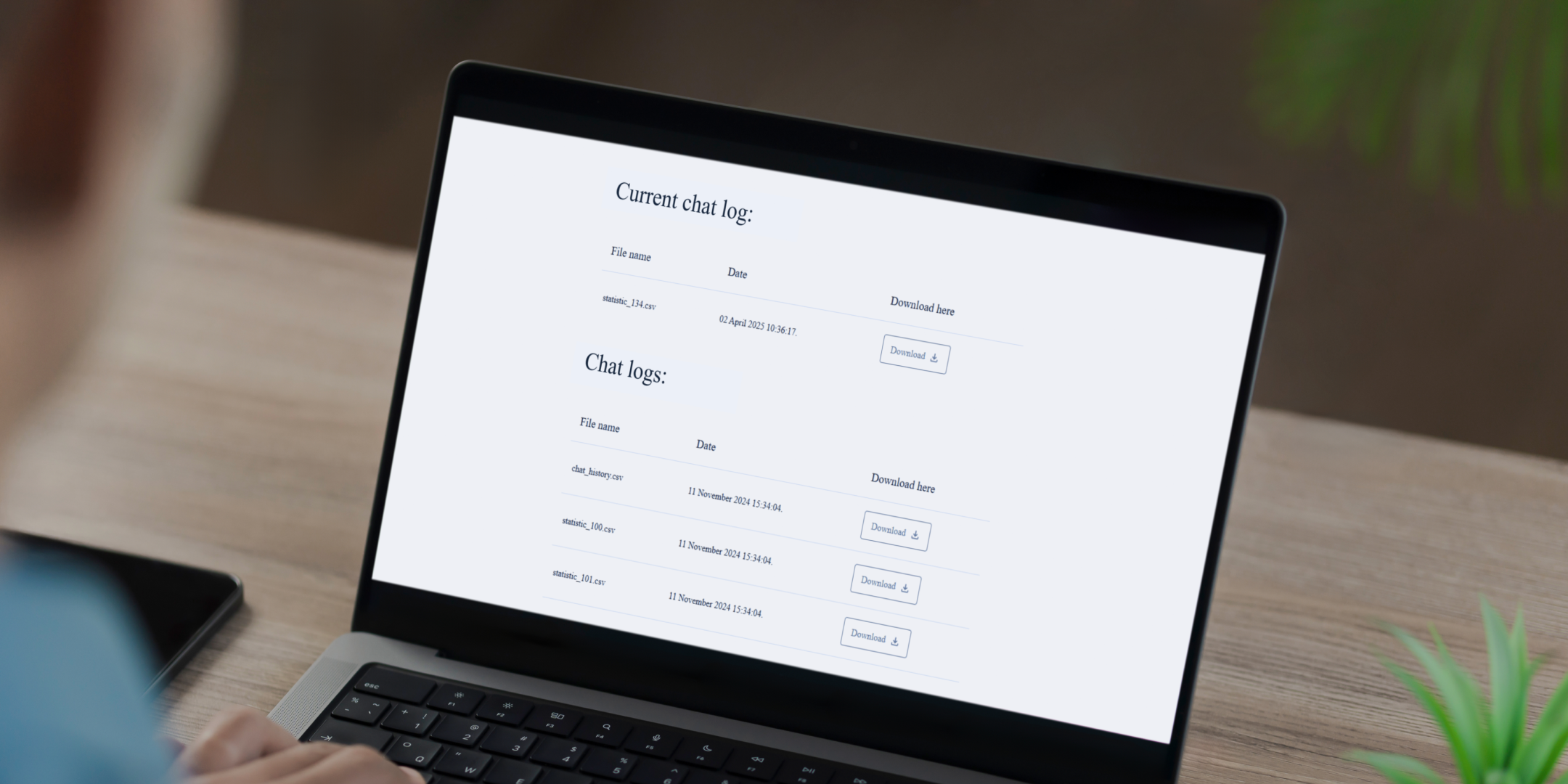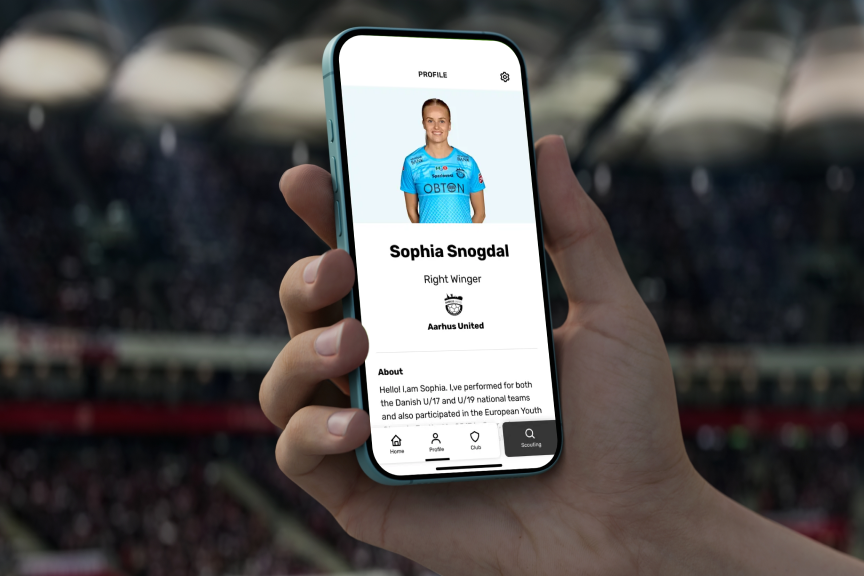Elgie AI Chat
Highlights
- Complex and configurable priority levels
- Use of the RAG system for bot training
- Logging of bot interactions with users
- Reporting and dashboards

Client
SoftTeco is a multinational IT consulting software development company that provides a wide range of services, including web and mobile development, machine learning and data science, quality assurance, and UX/UI design.
Challenge
As part of the broad-scale website redesign, the company decided to implement the Artificial Intelligence technology to provide faster and more accurate customer service, thus increasing trust and delivering enhanced customer experience to website visitors.

Tech Stack
Components
Lamaindex
Gunicorn
Flask
FastText libraries
GPT-4
How it works
The Elgie AI chatbot is a signature component of SoftTeco’s website landing page that provides a 24/7 customer service and support. The hallmark of the product is the style of its responses: the bot was specifically trained and designed to resemble a SoftTeco’s employee. The bot functions on the base of GPT-4 and uses the company’s own data as the primary source of information. In addition to customer service, the bot serves as a valuable marketing tool as it helps analyze the needs and interests of the target audience and provides detailed reports on the users’ request history and their interactions with the bot. In this way, the company can adjust its marketing efforts and ensure their relevance and value.
As part of the Gen AI development process, our team used a powerful RAG system for bot training and Large Language Models for information processing. We also used langdetect and FastText libraries for multilingual support (the bot can understand various languages) and deployed an advanced priority system to configure the bot’s ranking of the priority of information sources.
Have a project in mind?
Let us know what kind of software solution you need, and our specialists will provide an estimate cost and deadline.
Results
The bot allowed our company to 2X speed up customer service and increase the accuracy and relevance of replies by 25%, therefore leading to a 14% increase in generated leads. We continue monitoring and improving the quality of the bot performance and plan to add new features to it in the future.


